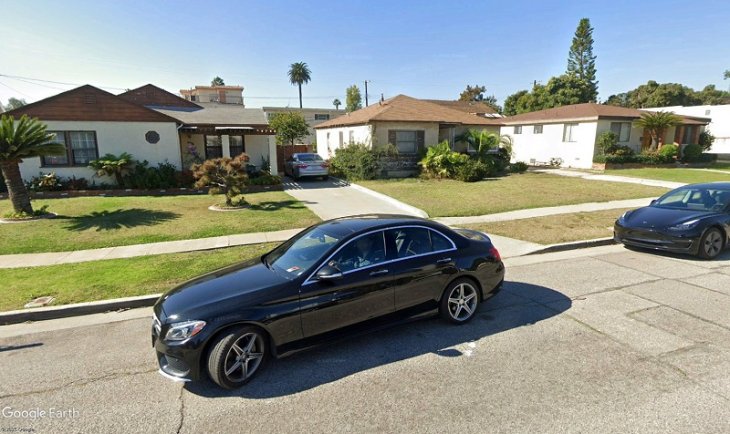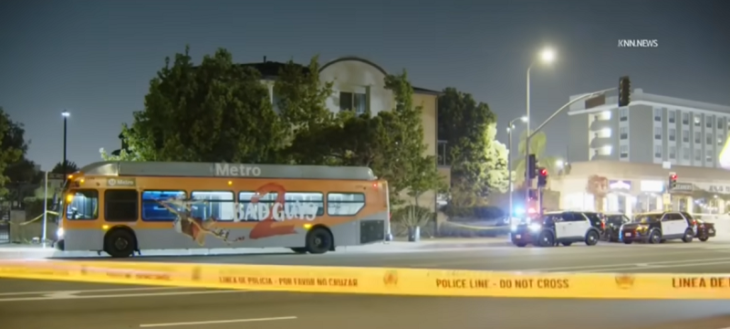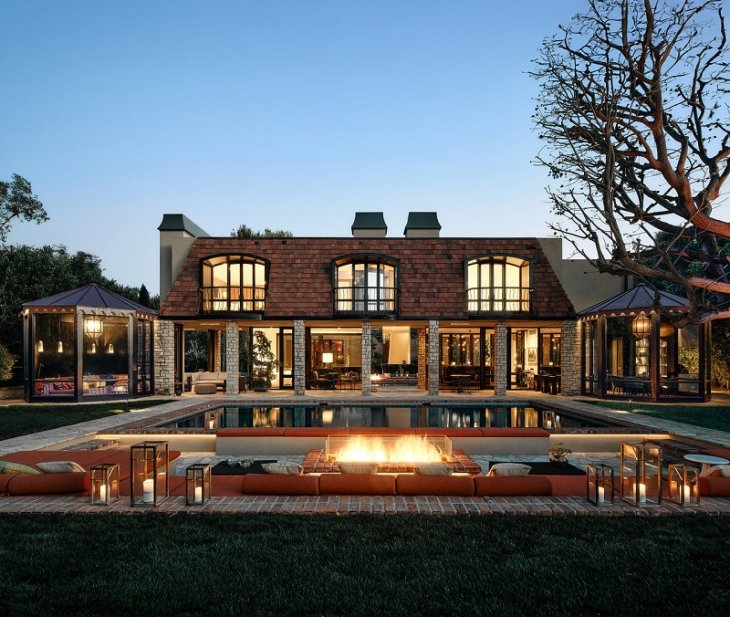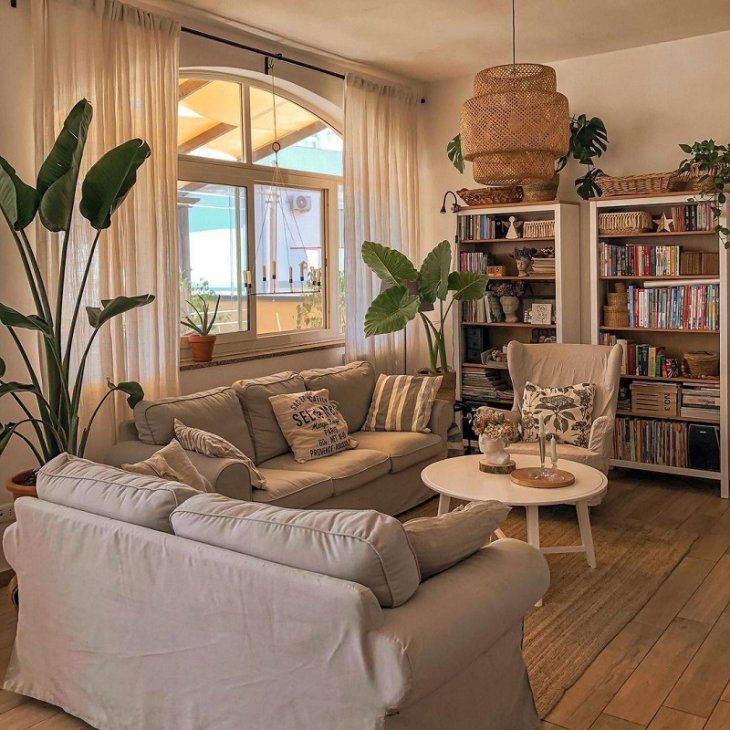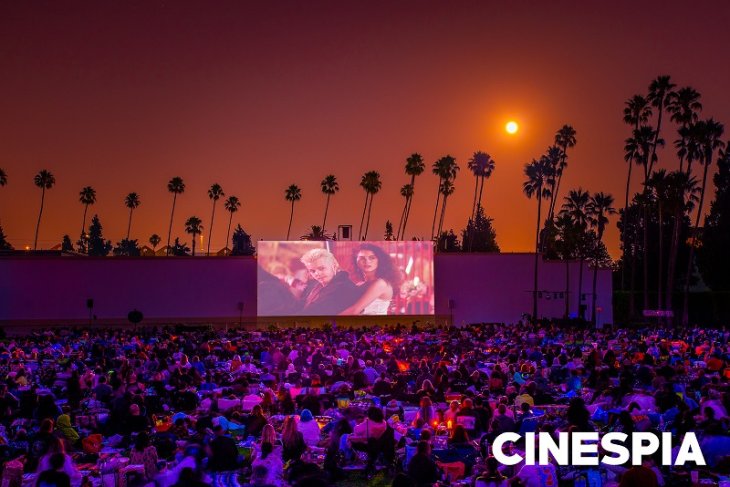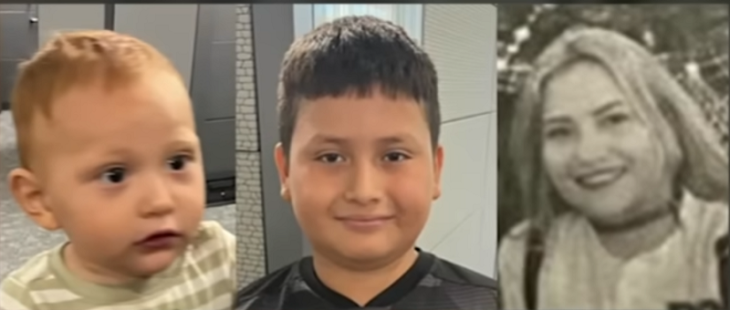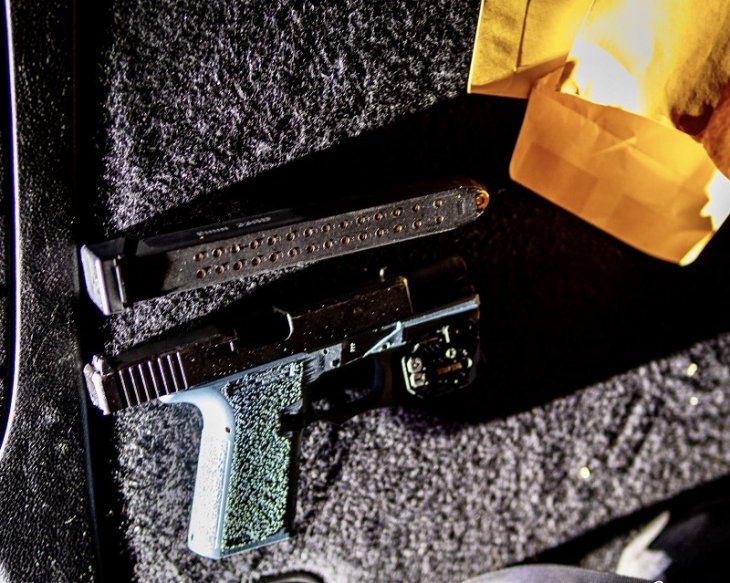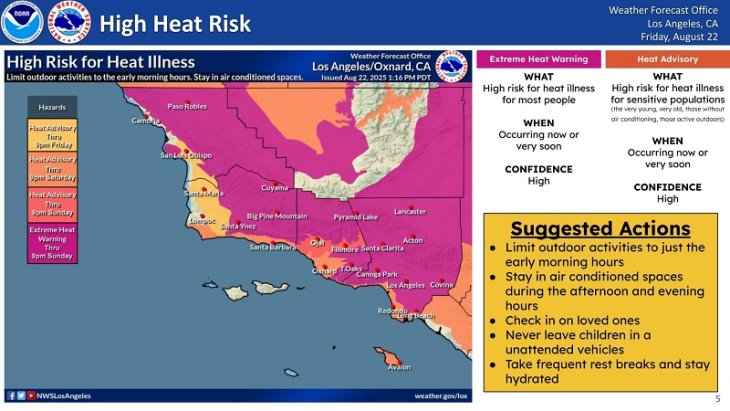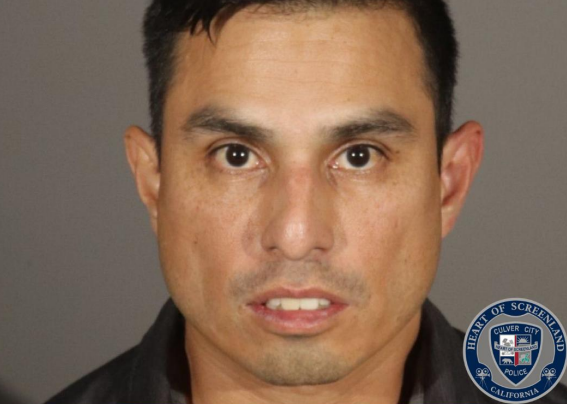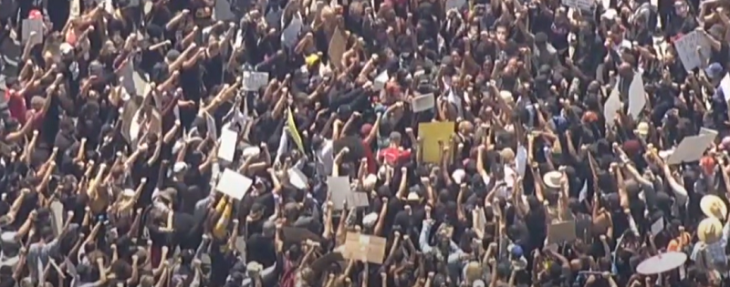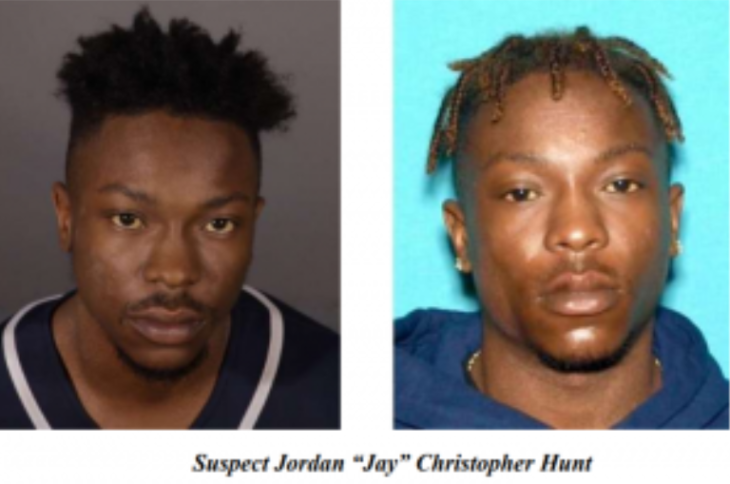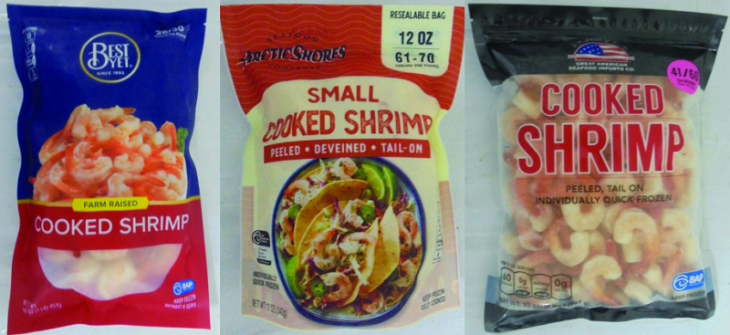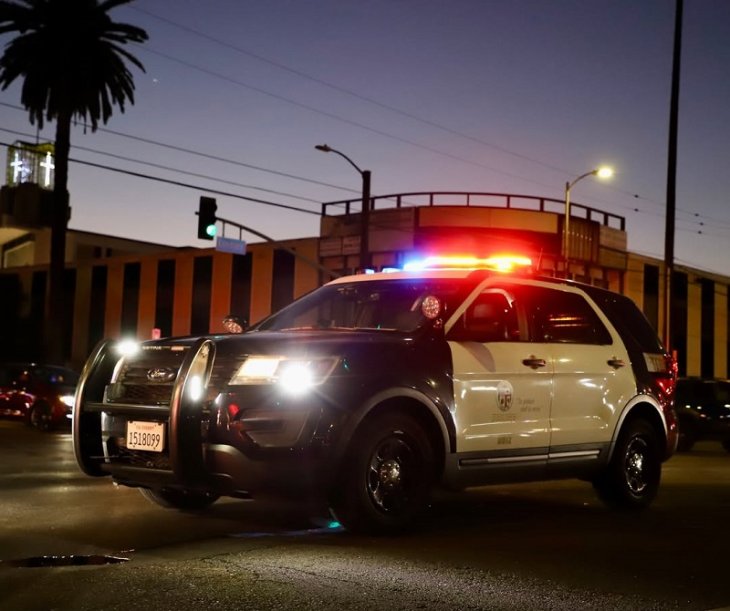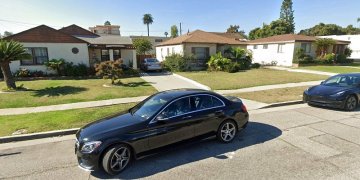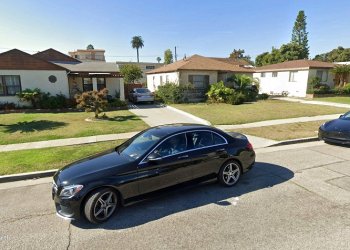
The federal government has committed to spending a lot of green for the color purple, as Los Angeles Mayor Eric Garcetti announced March 14 a budget proposed by President Barack Obama includes $100 million in funding for the Purple Line Westside Subway Extension.
Another $100 million in federal funding was committed to the Downtown Regional Connector.
Included in Obama’s 2014-15 Fiscal Year budget, the funding is expected to help Los Angeles Metro extend the Purple Line from its current terminus at Wilshire Boulevard and Western Avenue to Wilshire and La Cienega Boulevards in Beverly Hills.
The Purple Line is expected to ultimately stop in Westwood.
“Especially in these tough economic times, you have to prove to Washington that you’re going to deliver real results,” Garcetti stated. “This funding represents the White House’s recognition that our transit program will spend money wisely, create thousands of jobs, and make a real difference for L.A. commuters.”
As currently proposed, the Westside Subway Extension project would add 3.9 miles of rail to the Purple Line, which currently only has two stations in the Koreatown area exclusive to its route. The remainder of the Purple Line shares stations with the Red Line between the Vermont/Wilshire stop and Union Station.
According to Metro officials, the Westside Subway Extension project would produce 25,000 jobs.
The Purple Line would mostly travel under Wilshire Boulevard through the Miracle Mile and into Beverly Hills. Once in Beverly Hills, the Purple Line route is expected to meander away from Wilshire Boulevard and into Century City before terminating in Westwood.
The Century City station was subject to some opposition from Beverly Hills’ civic leaders and residents. According to the proposed route, the subway would pass under Beverly Hills High School just shy of the Century City station. The Beverly Hills City Council conditionally gave its support to the Purple Line extension, stipulating Metro not build the subway under the high school.
City officials reportedly contended any tunneling under the high school would be dangerous, which Metro officials disputed.
In all, Metro plans to add seven more stations to the Purple Line, three of which are included in the Westside Subway Extension. Those three stations are Wilshire/La Brea, Wilshire/Fairfax, and Wilshire/La Cienega and might be operational by 2023.
After the Westside Subway Extension completes the 3.9-mile route from Wilshire/Western to Wilshire/La Cienega, Metro plans the build the next phase along a 2.6-mile stretch to bring Wilshire/Rodeo and Century City online by 2026.
The final 2.9-mile phase would take the Purple Line into its final two stops in Westwood, including one near UCLA and another at the Veterans Administration (VA) Hospital.
Metro anticipates the Purple Line will be fully operating from Union Station to Westwood in 2035.
According to news reports, Metro would be receiving additional funding to help complete the rest of the line, including Wilshire/Rodeo, Century City, Westwood/UCLA, and the terminus at Westwood/VA Hospital.
In addition to announcing the $200 million in federal funds for two rail projects, Garcetti also asked Congress to work on passing a federal surface transportation bill.
Last week’s announcement came shortly after Los Angeles was awarded $670 million from the Federal New Starts Full Funding Agreement Grant for the Downtown Regional Connector.
Once built, the Downtown Regional Connector would make it easier for train riders to navigate central Los Angeles with minimal transfers.
For example, a rider who wants to go from Long Beach to Pasadena must first take the Blue Line to the Seventh Street station in Downtown Los Angeles, then take either the Purple or Red Line east to Union Station before transferring to the Gold Line. The Downtown Regional Connector would eliminate help the rider from Long Beach directly connect to the Gold Line from the Blue Line.
According to Metro, the Downtown Regional Connector would bring together “the city’s various rail lines to make transfers convenient, dramatically improving the rider experience.”
The Downtown Regional Connector is scheduled to be completed by 2020, according to public transit officials.
Metro added the $200 million proposed by Obama comes from the federal New Starts program. The initiative “helps local transit agencies pay for expensive transit projects,” Metro stated.

